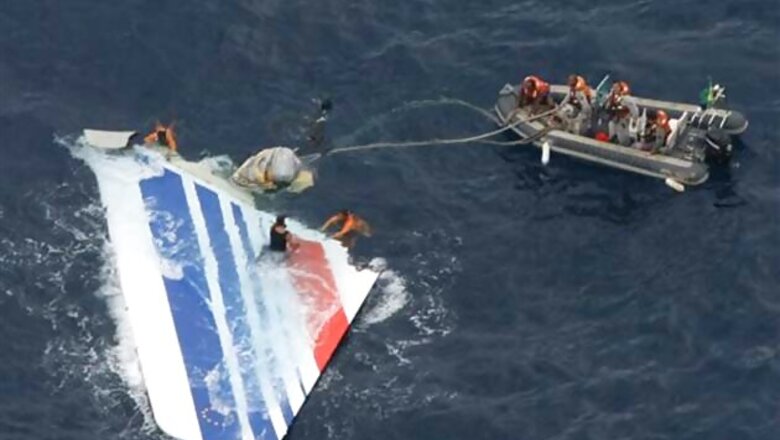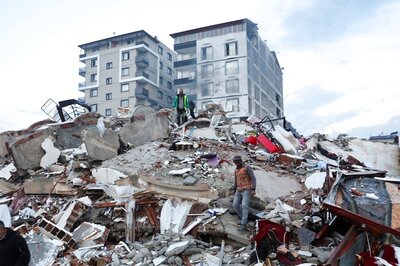
views
Le Bourget (France): French air accident investigators say a combination of mistakes by inadequately trained pilots and faulty equipment caused an Air France jet to plunge into the Atlantic in 2009, killing all 228 people aboard.
The BEA air accident investigation agency is recommending better training for pilots and stricter plane certification rules as a result of its three-year probe into the crash of Flight 447.
The report lists a combination of "human and technical factors" behind the crash. The plane flying from Rio de Janeiro to Paris crashed into the sea during a nighttime thunderstorm in Air France's deadliest ever accident.
In one fatal decision, the report says, one of the co-pilots in the cockpit at the time nosed the Airbus A330 upward during a stall instead of downward, as he should have because of false data from sensors about the plane's position.
Chief investigator Alain Bouillard said the two pilots at the controls never understood that the plane was in a stall.
He said only a well-experienced crew with a clear understanding of the situation could have stabilised the plane in those conditions.
"In this case, the crew was in a state of near-total loss of control," he said.
Robert Soulas, who lost his daughter and son-in-law in the crash, says investigators said the flight director system indicated the "erroneous information" that the plane was diving downward, "and therefore to compensate, the pilot had a tendency to pull on the throttle to make it rise up."
However, the plane was in a stall instead. A basic maneuver for stall recovery, which pilots are taught at the outset of their flight training, is to push the yoke forward and apply full throttle to lower the nose of the plane and build up speed. But because the pilot thought the plane was diving, he nosed up.
The family members showed sympathy toward the pilots, saying they were dealing with bad equipment in an exceptionally challenging situation, with dozens of warning signals going off.
Soulas noted that manufacturers had known for years about problems with the plane's speed sensors called pitot tubes freezing over, but didn't order the faulty models systematically replaced until after the crash.
He said the "inappropriate behaviour of the pilots" was prompted by "indication errors." He also said pilots should have had better training.
Pilot Gerard Arnoux defended the pilots' actions, saying they were doing what they had been taught to do.
"A normal pilot on a normal airliner follows" the signals on the flight director system, which tells them to go left, right, up or down, he said.



















Comments
0 comment